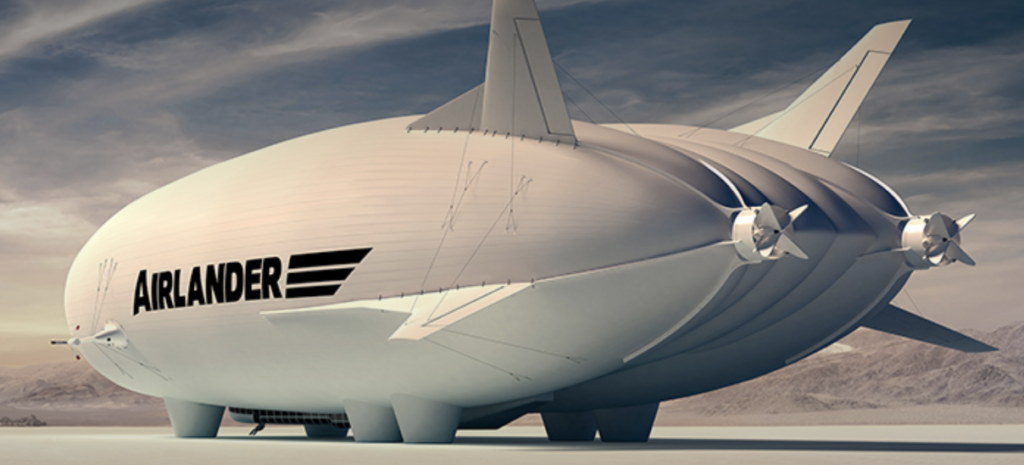Passenger Blimps Will Replace Airplanes?
Blimps are making a comeback thanks to one company. In the coming years, they could even replace airplanes.

Blimps, or zeppelins, while exceedingly recognizable are not the most popular aircraft. Historically speaking, there is a good reason for that. Need I remind you of the ill-fated Hindenburg? If you need a moment to brush up on your history take a few moments to watch this video. Suffice it to say, following that tragic event the idea that blimps could be used for commercial transport disappeared completely. Today, blimps are mostly seen as giant floating advertisements. The Goodyear zeppelin is one that comes to mind. However, in the coming years, that could change entirely. Blimps may once again carry passengers and in time, they could replace airplanes or other modes of transportation.
The Wall Street Journal’s George Downs detailed just how blimps could make a comeback. Downs explained that there is one company that is working on completely redefining the passenger blimp. That company is a British startup called Hybrid Air Vehicles (HAV), and they created the Airlander 10. The Airlander 10 is a zero-emissions passenger blimp designed to shuttle passengers scenically from one place to another over distances equal to or shorter than 450 miles. The cabins were designed to be spacious and far more luxurious than what one would find in a commercial airplane today.
Hybrid Air Vehicles’ vision for their Airlander blimp fits well into an eco-friendly future. Even though the company is intending to use the blimps for travel between cities, they can go far greater distances and even stay in the air for days if needed. This could prove to revolutionize the airline industry in its quest to transition to cleaner sources of energy. Additionally, Hybrid Air Vehicles have also tackled the problem that led to the Hindenburg’s demise. The Hindenburg bllimp ran on hydrogen. Hydrogen is a highly flammable gas. HAV’s blimps use Helium which is not combustible.
It all sounds good, right? Well, realistically, there are still challenges ahead of HAV’s Airlander blimps. On the logistics side of things, HAV will need to complete a certification, secure a contract with an existing airline and then start actually building a surplus of airships. Once that’s all squared away, the company will then have to figure out where the blimps will take off and land from. It’s likely that in most cases the blimps won’t be able to use existing airport infrastructure.
Lastly, there is the matter of changing public opinion. People have long memories. The stigma that was perpetuated by the Hindenburg’s untimely fate still permeates public knowledge and perception. HAV will have to work hard to combat that stigma.
All in all, HAV’s Airlander will likely face much of the same challenges that electric vehicles are facing now as the world slowly transitions to more sustainable sources of energy and modes of transportation. HAV certainly has its work cut out for it in the years, and most likely, decades ahead. However, if it can navigate all of the challenges and obstacles successfully, then it is very possible that blimps could become the preferred way to travel through the air in the future.











